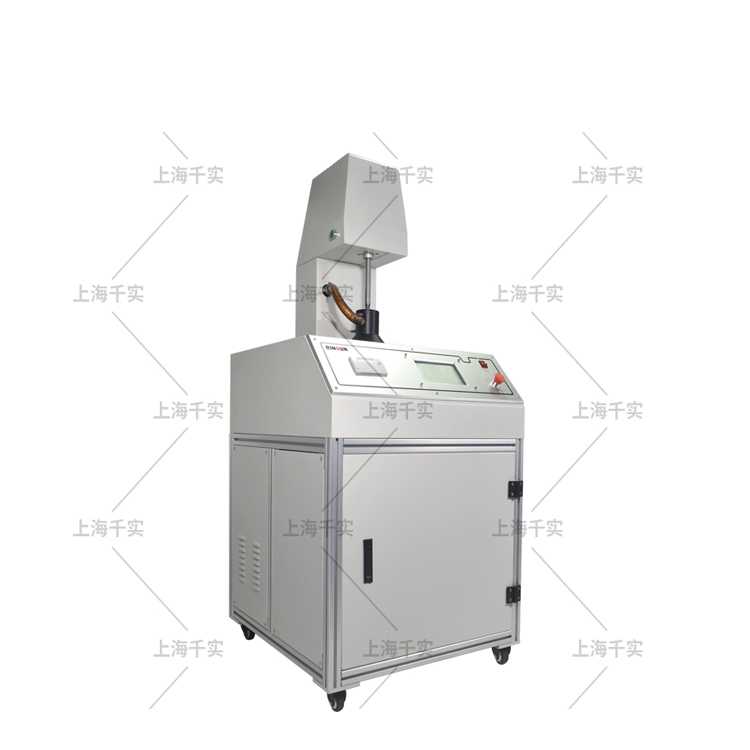The medical face mask particle protection effect meter, medical face mask particle protection effect
Email: info@standard-groups.com
The medical face mask particle protection effect meter, medical face mask particle protection effect test machine and medical face mask particle protection effect tester for prodcut is used to test face masks. The Particle Filtration Efficiency (PFE) test evaluates the nonviable particle retention or filtration efficiency of filter media and other filtration devices at sub-micron levels. This test is performed on face masksand all filter material that allows 1 cubic foot per minute (CFM) flow to pass through it.

Disclaimer: The above content is for reference and communication only among industry insiders, and does not guarantee its accuracy or completeness. According to relevant laws and regulations and the regulations of this website, units or individuals who purchase related items should obtain valid qualifications and qualification conditions.
Company Phone
+86-21-6420 0566
Working hours
Monday to Friday
Mobile phone:
13816217984
Email:
info@qinsun-lab.com
